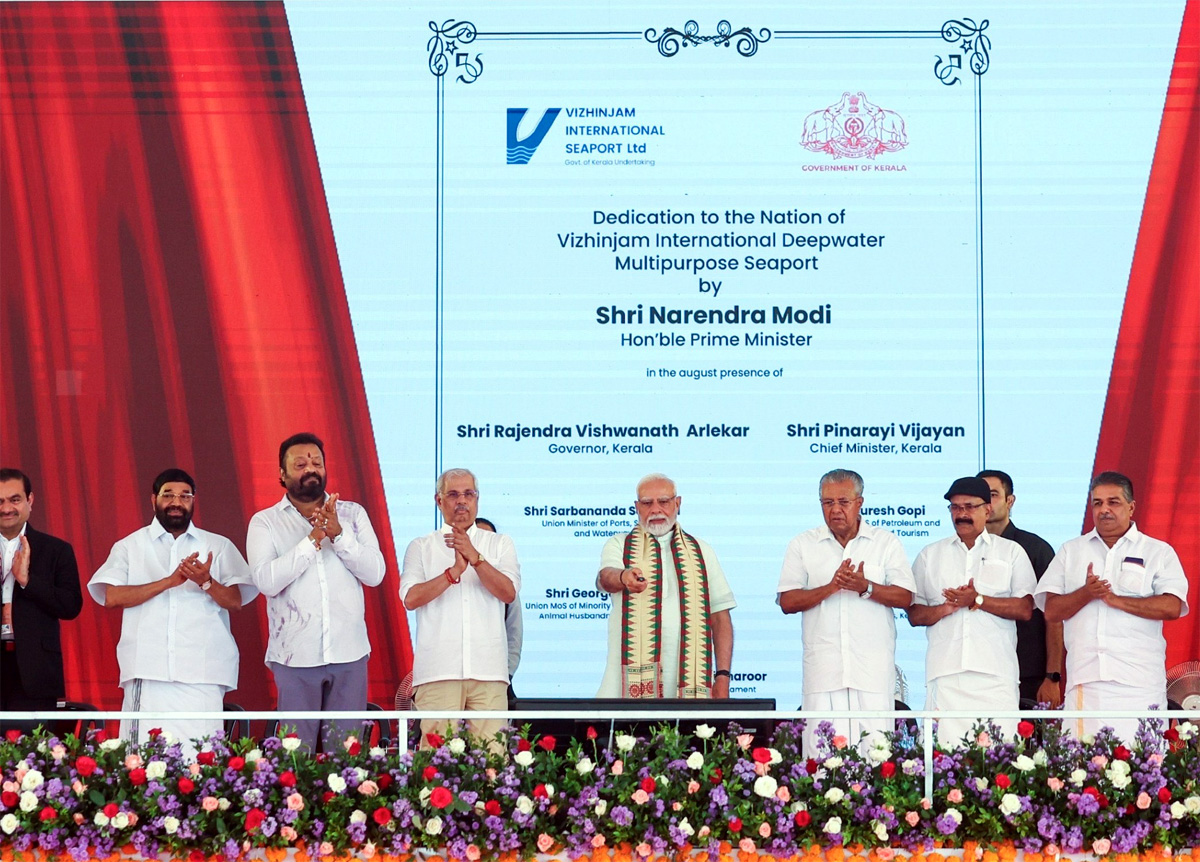iNational Indic
India Inaugurates Vizhinjam Port: A New Era in Maritime Trade Begins
After 8 Decades of Church Opposition, World Starts Docking at Vizhinjam as India’s First Deepwater Port Opens
-

 Culture & Society2 months ago
Culture & Society2 months agoCaste Census in India: The Politics of Counting Without Revealing
-

 Culture & Society2 months ago
Culture & Society2 months agoThrough Kolkata’s Chaos: A Faded Memory of Jazz and Anarchy
-

 Tech1 month ago
Tech1 month agoVLC’s Free AI Subtitles Break Language Barriers in Real Time
-

 Opinion2 months ago
Opinion2 months agoNo War, Just Isolation: India’s Smart Pakistan Policy
-

 Business2 months ago
Business2 months agoIndia at the Crossroads: Snowball Growth or Middle-Income Trap?
-

 Culture & Society2 months ago
Culture & Society2 months agoThe Hidden Secret in Jinnah’s X-Ray: Could India’s Partition Have Been Avoided?
-

 Culture & Society2 months ago
Culture & Society2 months agoOn the Line of Fire: A Journalist’s Chilling Account from Kashmir’s Forward Posts
-

 iNational Indic2 months ago
iNational Indic2 months agoPakistan’s Military Inc: India May Target $250B Empire

















